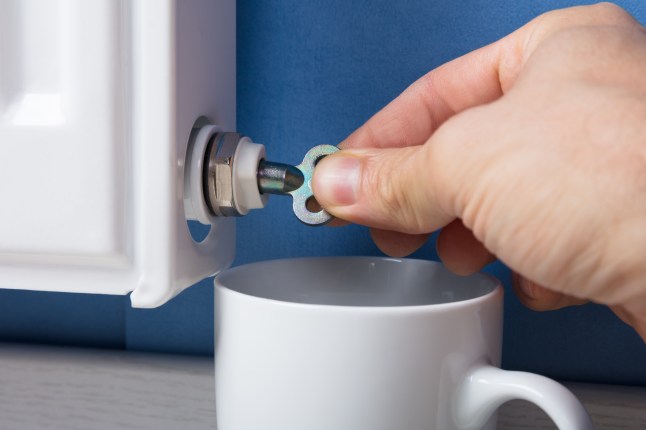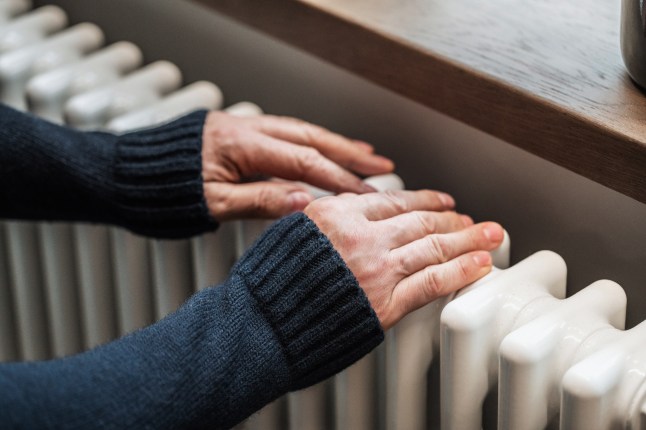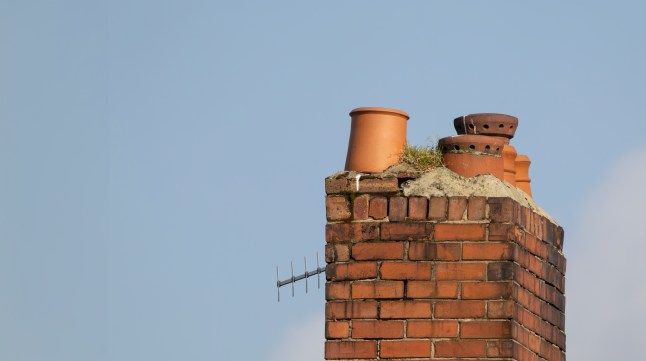
As autumn arrives with heavy rain and winds, now is the perfect time to prepare your home for the colder months ahead.
Beyond merely pulling on a jumper, meticulous preparation — particularly of heating systems and the fabric of the home — can make a significant difference in comfort, safety, and cost this winter.
Ensuring your heating system is efficient and safe will provide warmth, reduce energy costs, and help you avoid unexpected repairs.
Here we explore in how UK households can ready themselves for the season, from boiler servicing to draught-proofing and safeguarding outdoor spaces.
Book a boiler service
If your boiler hasn’t been serviced this year, arrange a service immediately. An annual check not only ensures your heating system runs efficiently, but it is also crucial to maintain your boiler warranty.
According to Checkatrade, servicing costs typically range between £80 and £120, while extra repairs may increase this. It’s vital to have a Gas Safe registered engineer conduct any gas boiler work, as is required by UK law.
Bleed your radiators
Cold spots on radiators generally mean trapped air, reducing heating efficiency.
Bleeding them with a radiator key releases air and maximises warmth. Radiator keys are widely available at DIY stores and usually cost between 50p and £3.

Always turn off your heating before this task, and check guides from organisations like British Gas, which explain this simple but indispensable job.
Regular radiator bleeding can lower energy bills and ease the pressure on your boiler.
Install radiator reflector panels
To prevent heat loss through external walls, install reflector panels behind your radiators.
These panels bounce heat back into rooms, rather than losing it through cold walls, warming up rooms without extra energy use and therefore lowering your heating bills.
Radiator reflectors can be purchased at most DIY stores, including B&Q, Dunelm and Screwfix, from as little as £13.

Adjust thermostat settings
Set your thermostat to the lowest comfortable temperature, which experts recommend is usually between 18°C and 21°C.
Octopus Energy suggests that turning down the temperature by just 1°C could save up to £145 on your energy bill.
And if your heating controls are older than 14 years, consider upgrading for improved efficiency and better temperature management.
Draught-proof your home
Check for draughts around doors, windows, floorboards, and chimneys. Sealing gaps with foam strips, brush draught excluders, or silicone fillers can save up to £85 per year, according to the Energy Saving Trust.
For chimneys, a terracotta cap protects against moisture and pests, with prices starting at around £40, while chimney draught excluders start from about £20. Both prevent unnecessary heat loss.

Consider switching energy tariffs
Ofgem will increase the energy price cap by 2% in October, raising the average cost of energy bills by about £35 a year for those on standard variable tariffs (SVTs).
Uswitch says 41 fixed-rate deals will finish by the end of October, at which point prices could rise by up to £202 if not switched.
Comparison sites like Uswitch or Compare the Market can be used to find current fixed deals, with many undercutting the October cap. Meanwhile, leading providers like Outfox Energy offer competitive fixed tariff rates around £1,514 to £1,516 annually.
Switching is straightforward, usually completed within five working days with a 14-day cooling-off period without exit fees.
Will you be switching tariff this year?
- Yes
- No
- Not sure
Prioritise safety
Using appliances like electric blankets or employing a hot water bottle can help keep you warm when temperatures plunge at home, but it’s important to maintain safety when using such methods.
Smoke and carbon monoxide alarms: Test regularly and replace batteries to guarantee safety.
Hot-water bottles: Replace every 2-3 years, checking the manufacture dates on the neck.
Electric heaters: Inspect wiring, keep at least one metre from combustibles, and plug directly into mains power to avoid overload risks.
Electric blankets: Replace if damaged, stained, or over 10 years old.
Chimneys: Schedule sweeping to ensure good ventilation and check for bird nests before winter sets in.
Prepare your home’s exterior
Autumn storms can damage home exteriors if neglected. Inspect roof tiles for damage or algae growth and perform necessary repairs or cleaning, and gutters will need to be thoroughly cleaned to prevent costly flooding issues.
Professional cleaning costs range from £50 to £300, depending on property size and location, according to Checkatrade.
You should also secure fence panels against wind damage and either store garden items like barbecues, trampolines, and tools indoors, or cover and anchor them safely.
Move tender plants indoors and trim overgrown shrubs to reduce the risk of storm damage.









